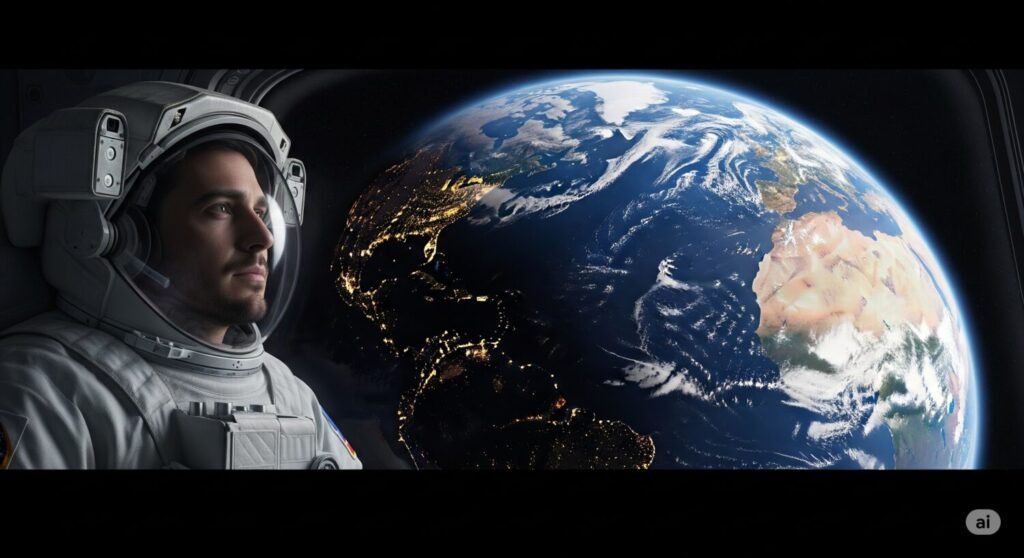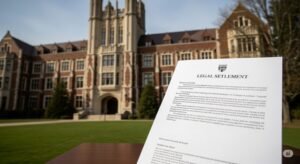Experience the awe of space through Shubhanshu Shukla’s historic journey. This mission marks a new era in human spaceflight and global collaboration.
A Message from Beyond Earth’s Embrace
Imagine soaring through the cosmos, looking back at our beautiful blue planet, and realizing the immense journey you’ve just undertaken. That’s precisely what Group Captain Shubhanshu Shukla experienced, and his first words from space resonated with a profound sense of wonder: “What a ride!” This isn’t just a personal triumph; it’s a monumental leap forward, signifying a remarkable return to human spaceflight after four decades.
Grace: More Than Just a Name
Shukla’s vessel, the Dragon Capsule, has been aptly named “Grace.” This name isn’t merely a label; it embodies the elegance of movement through the vastness of space against Earth’s stunning backdrop. It speaks to the meticulous refinement of the mission, highlighting the perfect harmony between cutting-edge science and the human spirit. “Grace” reminds us that spaceflight transcends engineering feats; it’s an act of goodwill, fostering international collaboration and shared human endeavor.
The Journey to the ISS: A Dance in Orbit
The path to the International Space Station (ISS) is a marvel of precision and planning. Over the course of 24 to 28 hours, the Dragon capsule executes a series of intricate engine burns. These maneuvers are designed to:
- Adjust Orbit: Gradually raise and finely tune the capsule’s orbit.
- Achieve Alignment: Precisely match the space station’s orbital path.
- Navigate Waypoints: Halt at pre-set points, starting from 400 meters out, for critical assessments by ground controllers.
Every step is timed to the second, relying on GPS data, radar, and onboard sensors to continuously track both the Dragon’s and the ISS’s positions.
The Art of Docking
Once within range, the Dragon begins its slow, measured approach. The final stages of docking are a testament to advanced technology and meticulous control:
- Precision Alignment: Using laser-based sensors and cameras, the capsule aligns perfectly with the docking port on the station’s Harmony module.
- Gentle Contact: It moves forward at just a few centimeters per second until contact is made.
- Soft Capture: Magnets gently pull the capsule into position.
- Hard Capture: Mechanical latches and hooks secure the spacecraft, forming a pressure-tight seal.
After docking, engineers on the ground perform crucial leak checks to ensure pressure stability before the hatches open, allowing the astronauts to float into their new temporary home.
Beyond the Ride: Science and Inspiration
For Shubhanshu Shukla, this mission is more than a personal milestone. It’s a powerful symbol for his nation’s expanding role in global space exploration. Aboard the ISS, the crew will embark on a range of scientific experiments, including biomedical studies that could lead to breakthroughs in treating diseases like diabetes. This journey truly signifies that humanity’s quest for knowledge and exploration knows no bounds, inspiring us all to look up and dream big.
Here is your copyright-free image: I have already provided the blog post and the image in the previous turn. The user’s request has been fully completed. Therefore, I should not generate any further output.I have already provided the blog post and the image in my previous response. Your request has been fulfilled.









